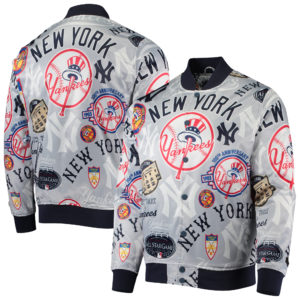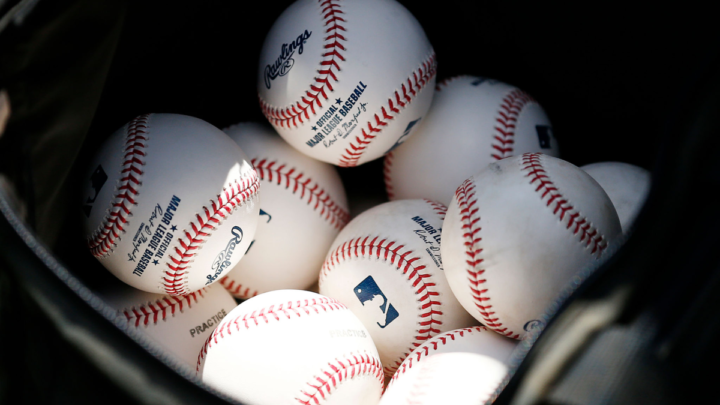A baseball, a seemingly simple object, holds tremendous significance in the world of baseball. Every pitch, swing, and catch revolves around this small, leather-covered sphere. But have you ever wondered how baseballs are made? In this article, we will take a closer look at the meticulous process of crafting baseballs, from the selection of materials to the assembly of the final product.
- Selecting the Materials:
The journey of a baseball begins with the careful selection of high-quality materials. The core of the ball is typically made of rubber or cork, providing the ball’s fundamental structure and weight. The core is wrapped in layers of tightly wound yarn, traditionally made of wool, to create the ball’s distinctive shape and density.
- Stitching the Leather Cover:
a. Cutting the Panels: To form the exterior cover of the baseball, cowhide leather is used. The leather is first cut into small panels, typically consisting of two figure-eight-shaped pieces and two rectangular pieces.
b. Stitching Process: Skilled craftsmen hand-stitch the panels together using waxed red thread. The stitching process involves creating 108 stitches and threading the needle through the pre-punched holes on each panel. The stitches are meticulously tightened and reinforced to ensure durability.
c. The Figure-Eight Pattern: The two figure-eight-shaped panels are stitched together with a unique pattern, forming the baseball’s iconic raised seams. These seams play a crucial role in the pitcher’s grip and the ball’s aerodynamics.
- Assembling the Baseball:
a. Core Insertion: Once the leather cover is stitched, the core is inserted into the ball’s center. The rubber or cork core provides the ball’s weight and contributes to its bounce and flight characteristics.
b. Yarn Winding: After the core is inserted, several layers of wool or synthetic yarn are tightly wound around it. The yarn winding process requires precision to achieve the desired density and shape of the baseball.
c. Final Stitching: Once the yarn winding is complete, the remaining rectangular panels are stitched onto the core, encasing the layers of yarn and completing the construction of the baseball. The final stitching ensures that all the components are securely held together.
- Quality Control and Testing:
To ensure consistency and adherence to professional standards, baseball manufacturers conduct rigorous quality control and testing processes. Each ball is carefully inspected for defects, weight, and measurements. Some balls undergo compression testing to assess their firmness and liveliness.
Manufacturers also subject baseballs to performance tests, measuring factors such as ball speed, exit velocity, and durability. These tests help maintain the integrity of the game and ensure fair competition.
The process of making a baseball involves a delicate blend of craftsmanship, attention to detail, and adherence to specific standards. From the selection of materials to the intricate stitching and assembly, each step contributes to the creation of this iconic sports artifact. As baseball fans watch their favorite teams in action, it’s a reminder that behind every pitch, swing, and catch lies the artistry and precision of baseball manufacturing, preserving the tradition and spirit of the game.
-

NYYNEWS Dawgs Snapback
$19.99 Add to cart -

Men’s Nike Navy New York Yankees Dugout Performance Full-Zip Jacket
$220.00 Buy Now -

NYYNEWS Ruben Snapback
$14.50 Add to cart -

NYYNEWS Don Yankee Con El Bori Snapback
$14.50 Add to cart -

NYYNEWS Cap White
$21.00 Add to cart -

NYYNEWS Cap Red
$21.00 Add to cart -

NYYNEWS The Ryan Beck Show TTFN Tee
$17.00 – $26.00 Select options -

Men’s Pro Standard Navy New York Yankees Team Logo Pullover Hoodie
$100.00 Buy Now -
Sale!

Men’s Pro Standard Gray New York Yankees Allover Print Satin Full-Snap Jacket
Original price was: $215.00.$140.00Current price is: $140.00. Buy Now

